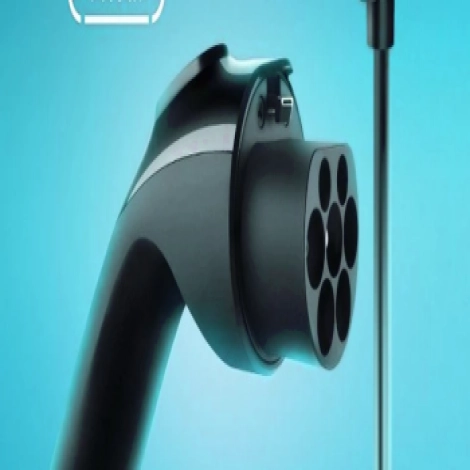Converter technology: the all-round pioneer in the new energy era
A converter refers to a device that converts one signal into another signal or an electronic device that converts one form of energy into another. In automated instrument equipment and automatic control systems, one sign is often converted into another signal that is compared with a standard quantity or reference quantity to connect the two types of instruments. Therefore, the converter is often two instruments (or devices).
Learn More Get a QuoteOverview of Converter
The charging station converter, also known as the AC/DC converter, is the core component of the charging station. It converts alternating current into direct current, providing energy for electric vehicles and other devices. This converter is crucial during the charging process, processing AC mains power and converting it into DC output. The internal control circuit ensures that the voltage and current of athe input power can generate an appropriate DC power supply. In addition to the electric vehicle charging pile, the converter is also used in solar cells, distributed energy Internet, and other fields to meet different power and voltage requirements.
Characteristics of Converter:
1. Efficiency: The Converter can quickly and accurately complete conversion tasks with high conversion efficiency.
2. Flexibility: The Converter can complete various types of conversions, such as voltage, current, frequency, etc., and can be adjusted as needed.
3. Reliability: The Converter is well-designed and can ensure a long-term stable operation with high reliability and lifespan.
4. Portability: Some types of converters are small volume, lightweight, and easy to carry and move.
5. Low cost: With the continuous development of technology and large-scale production, the price of the converter gradually decreases, making it more competitive in practical applications.
Application of Converter
1. New energy vehicle field: New energy vehicles require charging piles to provide them with electrical energy. The core component of the charging pile is the charging station converter, which can convert alternating current into direct current to provide power for new energy vehicles. According to new energy vehicles' power and voltage requirements, charging station converters have different specifications and models.
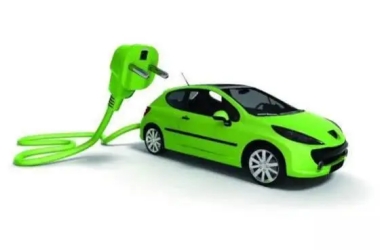
(The application of converters in the field of new energy vehicles)
2. Photovoltaic field: In photovoltaic systems, charging station converters can convert the DC power generated by photovoltaic cells into AC power to power loads or store electricity.
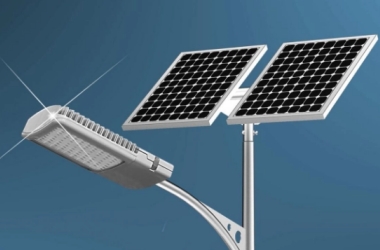
(The application of converters in the photovoltaic field)
3. Distributed energy Internet field: The Internet provides power to cities by integrating various clean energy sources, for example, solar energy, wind energy, etc. In this process, the charging station converter can convert different forms of energy into direct current to achieve unified management and distribution of power.
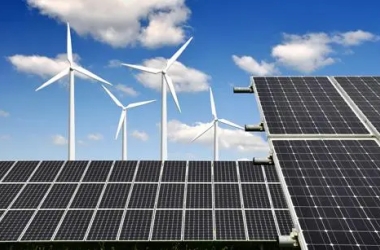
(The application of converters in the field of distributed energy internet)
Company Profile
PDDN Photoelectron Technology Co., Ltd.(sales@pddn.com) is one of the leading enterprises in the Home Accessory and Solar Power System, which is fully involved in developing the power industry, intelligent operation and maintenance management of power plants, solar panels, and related solar products manufacturing. We will be committed to providing users with high-quality, efficient products and considerate service.
It accepts payment via Credit Card, T/T, West Union, and Paypal. PDDN will ship the goods to customers overseas through FedEx, DHL, by sea, or by air. If you want a high-quality charging station converter, please send us inquiries; we will be here to help you.
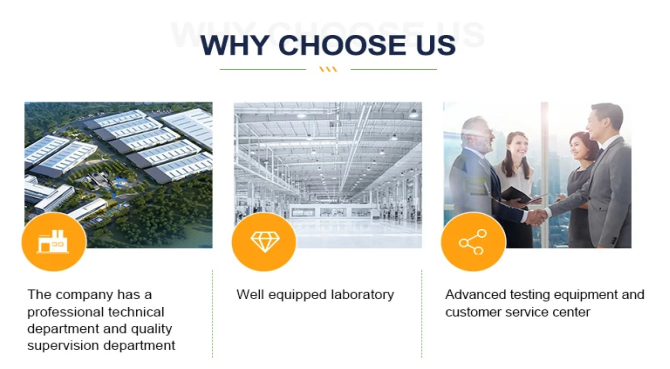
Payment methods of Converter
L/C, T/T, Western Union, Paypal, Credit Card etc.
Shipment of Converter
By sea, by air, by express, as customers request.
Storage Conditions for the Converter
1.The storage temperature of the Converter should be between -20 ℃ and 60 ℃, and the humidity should be between 30% and 80%, avoiding direct sunlight and strong vibrations. At the same time, the environment should be kept clean to prevent the invasion of dust and impurities.
2. Avoid contact with harmful substances: During storage, avoid contact with toxic substances such as acid, alkali, oil, etc. to prevent corrosion or contamination of the Converter.
3. Regular inspection and maintenance: Regularly check the operation status of the Converter, promptly identify and handle existing problems, and maintain its good working condition.
4. Follow safety regulations: During storage and use, safety regulations should be followed to avoid accidents.
FAQ
Q1
What is the working principle of a converter?
Re:The working principle of a Converter is to convert one form of energy into another or to convert one signal into another. The specific conversion method depends on its type and application scenario.
Q2
What are the different types of converters?
Re:Converters can be classified according to different classification criteria. According to the energy form of conversion, converters can be classified into electrical, optical, mechanical, thermal, and other types. According to the type of signal being converted, the Converter can be divided into analog signal and digital signal converter types. In addition, according to different application fields, converters can also be divided into types such as data converters, voltage converters, frequency converters, current converters, impedance converters, etc.
Q3
Why do we need a converter?
Re:Converter plays a vital role in many fields, enabling the conversion and transmission of energy and signals, improving energy utilization efficiency, and addressing energy security and environmental issues.
Q4
What is the role of a converter in a communication system?
Re:In communication systems, a Converter is crucial and mainly used for signal conversion and transmission. For example, in telephone and satellite communication, the Converter converts sound and ground signals into suitable optical or wireless signals for transmission. In digital communication, the Converter is responsible for the conversion between digital and analog signals, ensuring effective signal processing and transmission.
Q5
How do you choose the appropriate converter?
Re:Choosing a suitable converter requires considering multiple factors, including conversion type, input and output parameters, accuracy and efficiency, reliability and stability, size and weight, as well as price and maintenance costs. In practical applications, it is necessary to choose the most suitable Converter based on specific needs and scenarios.

